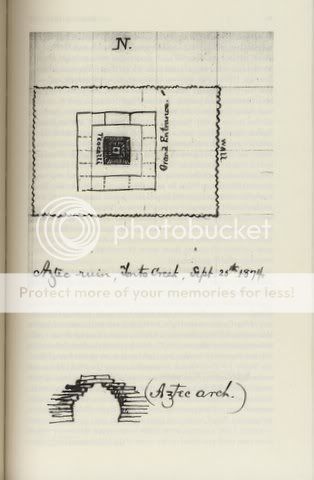dtpost
Full Member
- Jan 3, 2011
- 172
- 52
- Detector(s) used
- White's MXT,BH
- Primary Interest:
- All Treasure Hunting
Was wondering if anyone else was researching Aztec, Olmec artifacts, languages, drawings and so on ?
? 
From the artifacts that I have studied at college and on the net, Aztec and Olmec seem to be the same origin of people. One thing that stands out are the shields that have a swirling symbol on them both from the aztec's and the olmec cultures, as well as the serpent. The eye of "Ra" shows up a lot as well, which everyone knows refers to the sun god, not to be mistaken for the "All Seeing Eye".
 ?
? 
From the artifacts that I have studied at college and on the net, Aztec and Olmec seem to be the same origin of people. One thing that stands out are the shields that have a swirling symbol on them both from the aztec's and the olmec cultures, as well as the serpent. The eye of "Ra" shows up a lot as well, which everyone knows refers to the sun god, not to be mistaken for the "All Seeing Eye".




